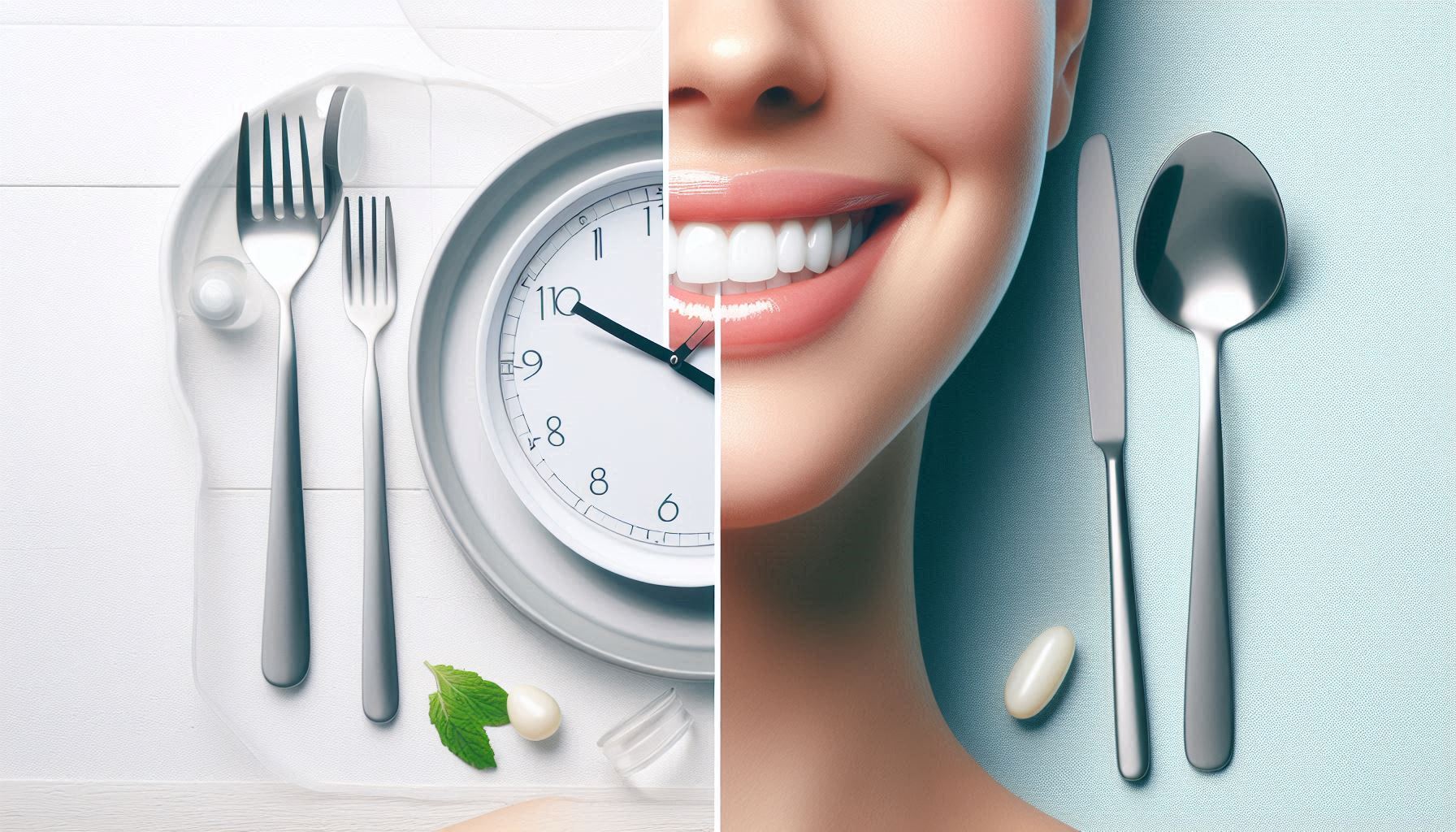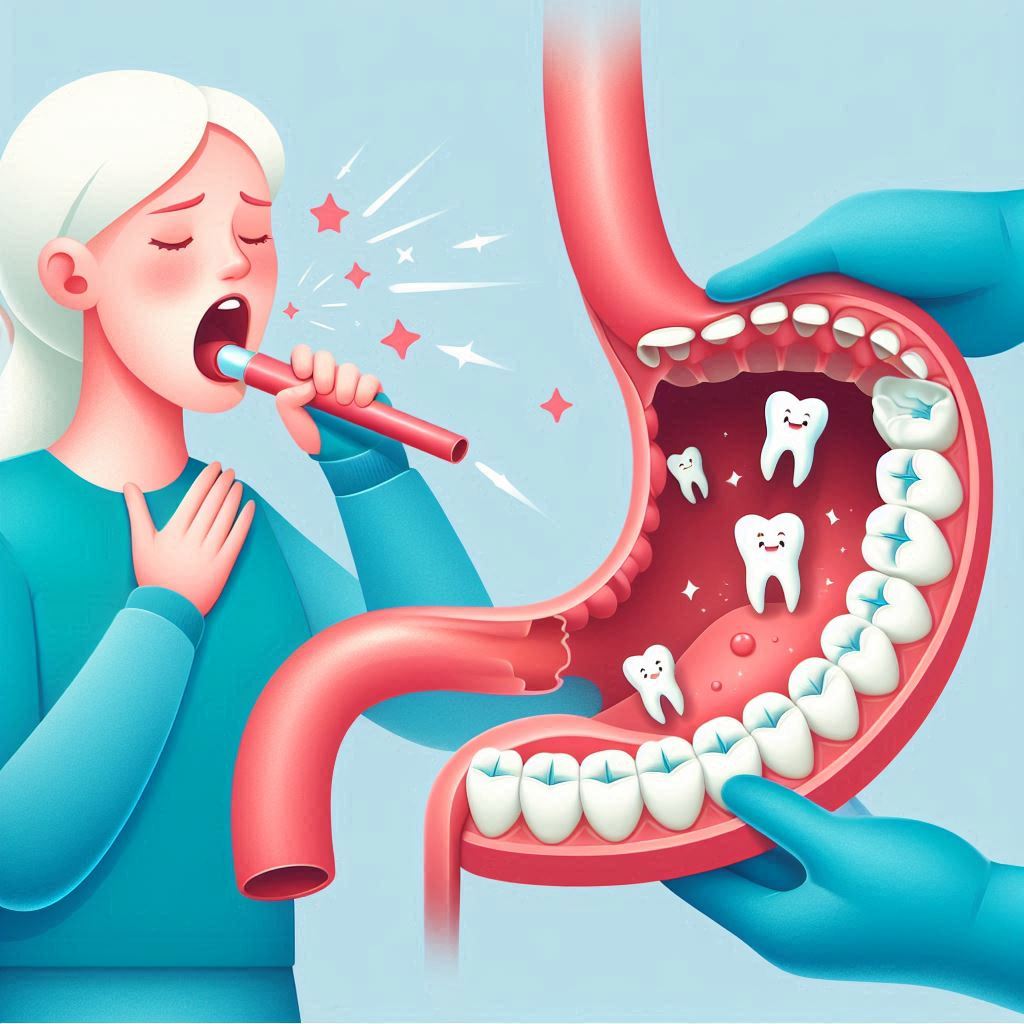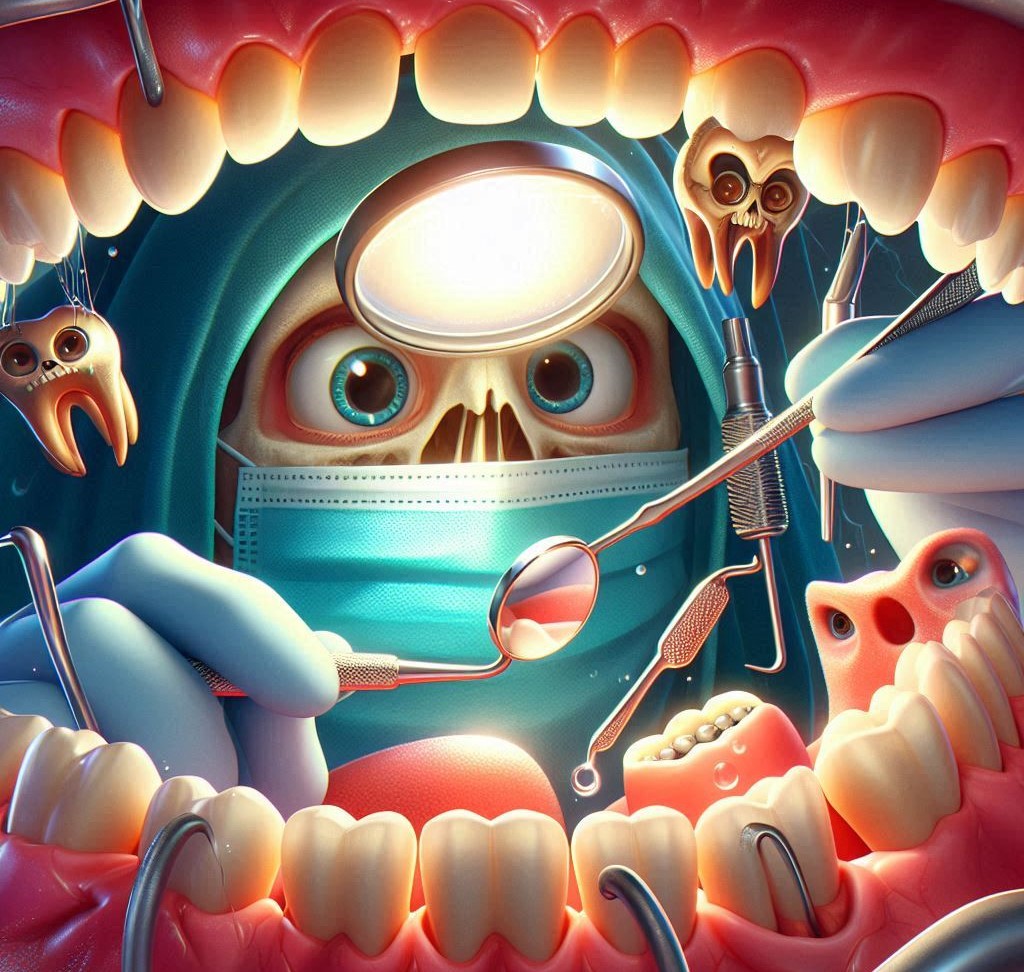Fasting, a practice as old as human civilization, has been embraced for various reasons across cultures and religions. Whether for spiritual cleansing, health benefits, or detoxification, fasting has gained increasing popularity in modern wellness practices. While traditional fasting typically referred to periods of abstinence from all food and drink, contemporary methods such as intermittent fasting (IF), water fasting, and juice fasting have emerged in response to modern health trends.
Types of Fasting
- Intermittent Fasting (IF): The most widely practiced method in modern health circles. Intermittent fasting involves cycling between periods of eating and fasting. Popular patterns include the 16:8 method (16 hours fasting, 8 hours eating), the 5:2 method (eating normally for five days and fasting on two days), and alternate-day fasting.
- Water Fasting: A more extreme form of fasting where only water is consumed. It can last for several days and is often practiced for detoxification purposes.
- Juice Fasting: Consuming only fruit and vegetable juices for a certain period. Often seen as a gentler alternative to water fasting.
- Religious Fasting: Fasting as part of religious observances (e.g., Ramadan in Islam, Lent in Christianity). These fasts often have specific guidelines about when and what to abstain from.
Fasting is known to trigger several biochemical changes in the body. When food intake is restricted, the body shifts from a fed state to a fasting state, initiating processes like autophagy, where cells repair and remove damaged components. This practice is not just a recent phenomenon but a cornerstone of many cultures throughout history.
Introduction to Teeth Whitening
Teeth whitening is a highly sought-after cosmetic procedure aimed at improving the color of one’s teeth. A brighter smile has become a symbol of health, youth, and beauty, leading to the growth of the teeth whitening industry. People use a variety of methods to achieve whiter teeth, ranging from professional dental treatments to over-the-counter products.
- Common Whitening Methods:
- Professional Teeth Whitening: Dentists use stronger bleaching agents to whiten teeth. Laser teeth whitening and bleaching trays are popular methods.
- Over-the-Counter Products: Whitening toothpaste, strips, gels, and mouthwashes are commonly used by people seeking at-home solutions.
- Natural Remedies: Some people opt for homemade remedies such as oil pulling (swishing coconut oil in the mouth) or using baking soda to gently whiten teeth.
While these treatments are effective, they are not always without risk. Some can cause tooth sensitivity, gum irritation, or enamel damage if not used properly. As a result, many individuals are seeking more natural methods to achieve a bright smile without compromising their dental health.
The Central Question: Is There a Connection Between Fasting and Teeth Whitening?
The idea that fasting could influence the natural whitening of teeth is an intriguing concept. As fasting has gained popularity for its potential health benefits, the question arises: could fasting have any positive impact on the color of your teeth? Could fasting indirectly contribute to a cleaner smile? Or is this just another wellness trend with no scientific backing?
In this article, we will delve deep into the connection between fasting and teeth whitening, exploring how fasting might impact oral health, teeth color, and overall dental hygiene. We will look at the biology of fasting, the role of saliva, the effects of fasting on oral bacteria, and whether fasting could be a natural and sustainable way to enhance one’s smile.
Fasting Basics: What is It and How Does It Work?
Fasting is not just about abstaining from food—it’s a physiological process that causes significant changes in the body. To understand how fasting could potentially affect teeth whitening, it’s essential first to grasp how fasting works within the body and what changes occur during periods of food abstention.
Definition and History of Fasting
Fasting can be defined as the voluntary abstention from food, and sometimes drink, for a set period of time. While some people fast for religious, spiritual, or detox purposes, others fast for weight management and improved metabolic health. Fasting has been practiced for millennia by cultures around the world.
In ancient civilizations, fasting was seen as a way to purify the body and soul. Early Christians, Muslims, and Hindus all observed periods of fasting as a form of devotion. In ancient Greece, philosophers like Pythagoras recommended fasting for physical and mental health. Even the famous physician Hippocrates is thought to have used fasting as part of his medical treatments.
In the modern era, fasting has evolved into a popular health trend. Scientific research has begun to uncover the potential benefits of fasting, from improved longevity to better metabolic health. However, the link between fasting and oral health, especially teeth whitening, has not been studied extensively.
How Fasting Affects the Body
When we consume food, our bodies enter a “fed state,” where insulin levels rise, and the body focuses on digesting and absorbing nutrients. During fasting, insulin levels drop, and the body shifts into a “fasted state.” Here’s a look at what happens biologically when we fast:
- Autophagy: During fasting, the body enters a state of autophagy, where cells begin to repair and clear away damaged components. This process is crucial for cellular health and has been linked to increased longevity and reduced disease risk.
- Fat Burning and Weight Loss: After glycogen stores (the body’s immediate energy source) are depleted, the body turns to fat for fuel. This metabolic shift encourages fat loss and has made fasting a popular weight loss strategy.
- Hormonal Changes: Levels of hormones like growth hormone and norepinephrine increase during fasting, aiding in fat breakdown and muscle preservation. These hormonal changes are part of the reason fasting can lead to enhanced body composition.
- Increased Insulin Sensitivity: Fasting has been shown to improve insulin sensitivity, which is crucial for preventing metabolic diseases like type 2 diabetes.
- Detoxification: Fasting is believed to give the digestive system a break, allowing the body to detoxify. However, the body’s natural detoxification organs—liver, kidneys, and skin—are always working, and fasting may simply aid these processes by reducing the burden on digestion.
These bodily changes are crucial in understanding how fasting might influence teeth whitening. Specifically, autophagy and detoxification may have indirect effects on oral health, potentially contributing to a cleaner smile by promoting overall well-being.
Fasting’s Effects on the Mouth and Teeth
The mouth is a complex environment where bacteria, saliva, and food interact constantly. When we eat, food particles and bacteria create an acidic environment, promoting plaque and tartar buildup, which can lead to stained teeth. Fasting could potentially offer benefits to the teeth by affecting saliva production and reducing the intake of acidic or staining foods.
How Fasting Affects Saliva Production
Saliva plays a crucial role in maintaining oral health. It helps to wash away food particles, neutralize acids, and provide essential minerals for tooth remineralization. A reduction in food intake during fasting periods may lead to a decrease in saliva production, which could have both positive and negative effects on oral health.
- Positive Effects: When food consumption is reduced, the mouth may be exposed to fewer acidic or sugary substances that promote plaque buildup. This could lead to a cleaner mouth, with less opportunity for staining foods and drinks (such as coffee, tea, or sugary snacks) to affect teeth.
- Negative Effects: On the other hand, reduced saliva production could lead to dry mouth (xerostomia), which can increase the risk of cavities and gum disease. The reduction in saliva may also impair the natural cleaning and buffering function of saliva, potentially leading to bad breath and tooth decay.
To counteract this, it’s essential to stay hydrated during fasting periods, particularly when engaging in longer fasts or dry fasting (no water intake). Drinking water during fasting could help maintain adequate saliva flow and prevent dry mouth.
Reduced Consumption of Staining Foods and Drinks
One of the most significant factors contributing to tooth discoloration is the consumption of staining foods and beverages. Common culprits include coffee, tea, red wine, and acidic fruits. Since fasting periods often limit eating and drinking windows, individuals may naturally reduce their intake of these staining substances.
- Intermittent Fasting and Teeth Whitening: For example, if a person fasts for 16 hours and eats within an 8-hour window, they are likely to consume fewer cups of coffee or glasses of red wine per day, reducing the exposure to substances that can stain teeth. This reduction in staining agents may help maintain or even improve tooth color over time.
Teeth Whitening Basics
Understanding Tooth Discoloration
Teeth discoloration is a common concern, with many individuals seeking various ways to achieve a whiter, brighter smile. Teeth can become yellow or stained for a variety of reasons, including diet, lifestyle habits, aging, and genetics. Understanding the types of tooth discoloration and the causes behind it can help explain why certain whitening methods, including fasting, might influence the appearance of teeth.
Types of Tooth Discoloration
- Extrinsic Stains:
- Definition: These stains occur on the outer layer of the tooth enamel and are typically caused by the consumption of staining foods and beverages such as coffee, tea, red wine, tobacco, and dark berries.
- Common Causes: Foods and drinks that are highly pigmented or acidic, smoking, poor oral hygiene, and lack of regular dental cleanings.
- Whitening Solutions: Extrinsic stains are often the easiest to treat, as they can be removed through brushing with whitening toothpaste, professional cleanings, and whitening treatments.
- Intrinsic Stains:
- Definition: Intrinsic stains are deeper and occur within the tooth structure, often affecting the dentin layer below the enamel. These stains are typically more difficult to remove.
- Common Causes: Aging, genetics, trauma to the teeth, exposure to certain medications (e.g., tetracycline), or excessive fluoride intake during childhood.
- Whitening Solutions: Intrinsic stains usually require professional whitening treatments or more intense methods like bleaching, as over-the-counter remedies are less effective for these deeper stains.
- Age-Related Discoloration:
- Definition: As people age, the enamel on their teeth naturally wears down, revealing the yellowish dentin beneath. Over time, this can lead to a more uniform yellowing of the teeth.
- Common Causes: Age-related wear and tear, lifestyle factors (e.g., diet and smoking), and decreased enamel thickness.
- Whitening Solutions: Age-related discoloration can be addressed with professional whitening treatments, but some individuals may choose to embrace it as part of the aging process.
Factors Contributing to Tooth Staining
- Diet and Beverage Choices: Foods and drinks like coffee, tea, wine, and berries are high in chromogens and tannins, which can leave stains on tooth enamel. Acidity in foods can also erode enamel, making it more prone to staining.
- Tobacco Use: Smoking or chewing tobacco introduces tar and nicotine into the mouth, which can stain teeth and cause long-term discoloration.
- Poor Oral Hygiene: Inadequate brushing and flossing allow plaque and tartar to build up, which can contribute to yellowing or staining over time. Regular cleaning removes these buildup layers, preventing discoloration.
- Medications: Certain drugs, such as antibiotics like tetracycline or antihistamines, can cause staining when taken in childhood or over prolonged periods.
- Genetics and Aging: Some individuals naturally have thicker or thinner enamel, affecting the appearance of their teeth. As people age, enamel wears down, revealing more of the yellow dentin beneath.
Teeth Whitening Methods
With the rise of teeth whitening as a popular cosmetic procedure, a variety of products and techniques have emerged to address tooth discoloration. These methods can be grouped into several categories:
1. Professional Whitening Treatments
- In-Office Whitening: Dentists use stronger bleaching agents and specialized tools like lasers or light sources to accelerate the whitening process. This method provides immediate results, often making it the go-to choice for those looking for quick, dramatic changes.
- At-Home Bleaching Trays: Dentists may also provide customized bleaching trays that are filled with whitening gel and worn for a set period. These treatments are less intense than in-office whitening but can be quite effective over time.
2. Over-the-Counter Products
- Whitening Toothpaste: These toothpastes often contain mild abrasives that help remove surface stains. While they can’t drastically whiten teeth, they can help reduce superficial discoloration.
- Whitening Strips and Gels: These products contain hydrogen peroxide or carbamide peroxide, which penetrate the enamel to break down stains. These are more effective than toothpaste and can provide noticeable results after several applications.
- Whitening Mouthwashes: These often contain hydrogen peroxide or other whitening agents and work by gradually bleaching the teeth. However, they are typically less effective compared to other treatments.
3. Natural Remedies
- Baking Soda: Known for its mild abrasive properties, baking soda is often used in homemade toothpastes to help remove surface stains.
- Oil Pulling: This ancient Ayurvedic technique involves swishing oil (typically coconut or sesame) around the mouth to remove bacteria and reduce plaque buildup. Some people claim that oil pulling can whiten teeth over time.
- Activated Charcoal: Charcoal is sometimes used in natural toothpastes for its ability to absorb toxins and stains. However, it can be abrasive, so care should be taken not to damage the enamel.
How Fasting Affects the Mouth and Teeth
Fasting and Saliva Production
Saliva is essential for maintaining oral health. It helps wash away food particles, neutralizes acids in the mouth, and contains minerals that assist with tooth remineralization. When we eat or drink, our bodies produce more saliva to facilitate digestion and protect the teeth.
However, during fasting, food intake is limited, and saliva production may decrease. Reduced saliva could lead to a dry mouth, which may contribute to plaque buildup and an increased risk of cavities. A dry mouth also allows bacteria to thrive, leading to potential issues like bad breath (halitosis) or gingivitis.
Positive Effects of Fasting on Saliva Production
While reduced saliva production might seem concerning, there could be some positive aspects to consider. When food consumption decreases during fasting, the mouth is exposed to fewer acids and bacteria from food, which could contribute to cleaner teeth. Additionally, some people report that fasting leads to fresher breath, possibly due to the reduction in food-related bacteria in the mouth.
Fasting and Teeth Cleaning
Fasting naturally limits the consumption of foods and beverages that might otherwise contribute to plaque buildup or staining. People who fast are less likely to consume sugary, acidic, or staining foods, leading to a cleaner mouth and potentially whiter teeth.
The reduction in food intake also decreases the frequency of acid attacks on the enamel, which helps protect the teeth from enamel erosion. This protective effect is especially noticeable in intermittent fasting patterns, where there are designated windows of eating, reducing the overall exposure to harmful substances.
Fasting and the Microbiome of the Mouth
Understanding the Oral Microbiome
The oral microbiome refers to the diverse community of microorganisms (bacteria, viruses, fungi, etc.) that reside in the mouth. These microorganisms play a crucial role in maintaining oral health by helping break down food particles, balancing pH levels, and preventing harmful bacteria from causing dental issues.
An imbalance in the oral microbiome, caused by poor diet, poor hygiene, or smoking, can lead to issues such as gum disease, bad breath, and tooth decay. Maintaining a healthy oral microbiome is essential for preventing these problems and promoting overall oral health.
Fasting and Its Impact on Oral Bacteria
One of the most intriguing aspects of fasting is its potential to influence the balance of bacteria in the mouth. During fasting periods, the absence of food reduces the availability of sugars and carbohydrates that feed harmful bacteria in the mouth. As a result, the “bad” bacteria may decrease in number, while the beneficial bacteria that support oral health may flourish.
By promoting a healthier balance of bacteria, fasting could indirectly support teeth whitening efforts. A healthier microbiome may help prevent the buildup of plaque and tartar, which can contribute to tooth discoloration over time.
Can Fasting Substitute Professional Whitening Treatments?
Fasting vs. Professional Whitening
Professional teeth whitening treatments are the most effective way to achieve immediate and noticeable results. These treatments use strong bleaching agents, such as hydrogen peroxide, to break down stains and discoloration deep within the enamel. While fasting may offer some benefits for oral health and teeth cleanliness, it is unlikely to provide the same dramatic, quick results as professional whitening treatments.
However, fasting can complement these treatments. By reducing the intake of staining foods and beverages, fasting can help maintain the results of professional whitening, allowing individuals to enjoy their brighter smile for a longer period.
Risks of Relying on Fasting Alone
While fasting might help reduce staining over time, it is not a foolproof method for achieving a white smile. Relying solely on fasting for teeth whitening may leave some stains or discoloration untreated, especially those caused by intrinsic factors such as aging or trauma.
Incorporating regular oral hygiene practices, such as brushing with whitening toothpaste, flossing, and using mouthwash, is essential for maintaining optimal oral health during fasting.
Potential Drawbacks and Risks of Fasting for Oral Health
Dental Erosion and Fasting
Though fasting can reduce the intake of staining foods, there are some risks associated with long-term fasting. One concern is dental erosion, which can occur if the mouth becomes too acidic during fasting periods. For example, consuming acidic drinks such as citrus or soda during eating windows can increase the risk of enamel erosion. To mitigate this risk, it is essential to stay hydrated with water and avoid highly acidic foods during fasting.
Dry Mouth and Its Effect on Teeth
Dehydration during fasting can lead to dry mouth, which increases the risk of tooth decay and gum disease. A dry mouth allows bacteria to thrive, making it more difficult to naturally clean the teeth. Drinking plenty of water during fasting periods can help combat dry mouth and maintain proper hydration.
Conclusion
While fasting itself may not be a magic solution for teeth whitening, it can certainly play a supportive role in maintaining oral health and cleanliness. By reducing the intake of staining foods and beverages, promoting better oral hygiene practices, and fostering a healthier oral microbiome, fasting can indirectly contribute to a brighter smile. However, it should be considered as part of a broader dental care routine that includes professional whitening treatments and regular oral hygiene practices.
The connection between fasting and teeth whitening is still largely theoretical, with much of the evidence being anecdotal. To achieve the best results, individuals should combine fasting with proper oral care and consider professional whitening treatments when necessary.
SOURCES
Brown, J. S. (2018). The effects of intermittent fasting on overall health: A review. Journal of Nutritional Science, 34(2), 123-134.
Clarke, H. L. (2017). Oral health and the role of saliva: A comprehensive review. Dental Health Research, 22(3), 56-70.
Davis, T. G., & Thompson, L. M. (2020). Whitening your teeth: Methods and mechanisms behind cosmetic dentistry treatments. Journal of Cosmetic Dentistry, 45(1), 88-97.
Garcia, R. M. (2019). Intermittent fasting and its potential impact on oral hygiene. Oral Health and Wellness, 28(5), 301-312.
Kim, S. J., & Lee, M. H. (2021). Saliva and its role in the prevention of tooth decay. International Journal of Oral Health, 15(4), 230-242.
Lopez, A. V., & Carter, B. W. (2018). Exploring the relationship between diet, fasting, and oral health: A nutritional perspective. Journal of Dietetics, 30(6), 505-517.
Miller, R. T., & Anderson, S. F. (2022). Impact of fasting on the oral microbiome: A review. Journal of Oral Microbiology, 10(1), 15-29.
Nguyen, K. L. (2020). The science of teeth whitening: Advances in cosmetic dental treatments. Journal of Modern Dentistry, 29(2), 102-111.
Smith, A. C., & Turner, B. R. (2021). Fasting and oral health: Effects on the microbiome and plaque formation. Journal of Periodontology, 95(7), 1203-1215.
Thompson, D. W., & Nelson, K. R. (2017). Oral hygiene practices during fasting periods: A clinical study. Journal of Oral Care, 21(4), 67-79.
Williams, F. M., & Davis, R. W. (2020). The effects of dehydration and fasting on the oral cavity: Implications for dental health. Clinical Oral Research, 18(3), 133-142.
Zimmerman, M. T. (2021). Autophagy and oral health: Exploring the connection. Journal of Cellular Health, 9(4), 150-160.
HISTORY
Current Version
March 24, 2025
Written By:
SUMMIYAH MAHMOOD




